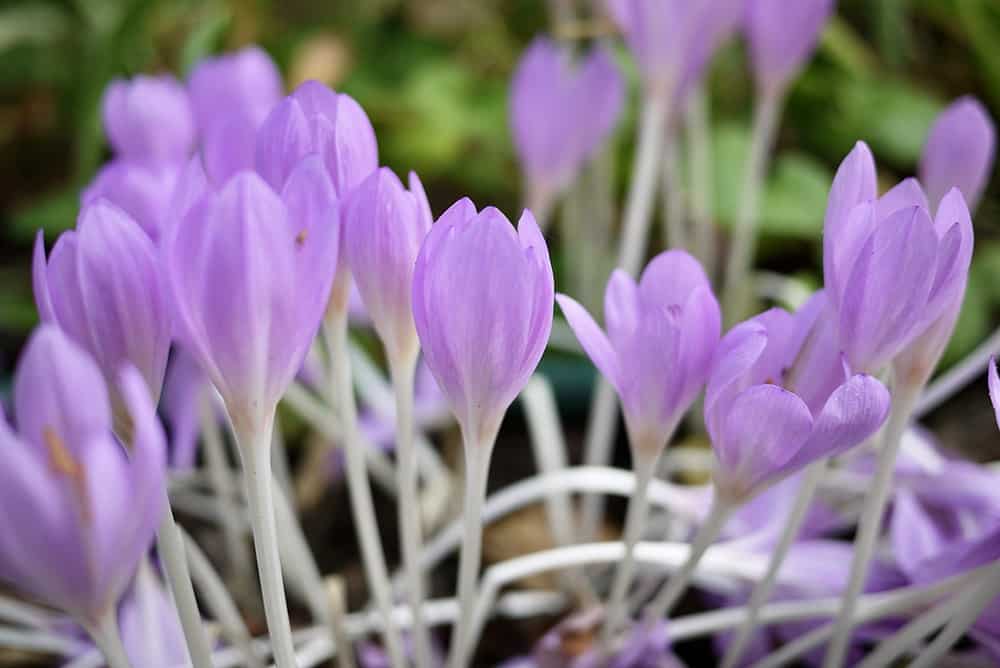Introduction: Cultivating bodhicitta daily
Part of a series of talks on the 41 Prayers to Cultivate Bodhicitta from the Avatamsaka Sutra (the Flower Ornament Sutra).
- Many thought training techniques in Tibetan tradition come from these verses
- Slogans that help us transform our thoughts in different situations
- Practicing Dharma moment by moment in our lives
41 Prayers to cultivate bodhicitta: Introduction (download)
We are going to start the teaching on the 41 Prayers to Cultivate Bodhicitta. These verses are from the Avatamsaka Sutra, which is translated as the Flower Ornament Sutra, one of the very great Mahayana sutras. The King of Prayers that we often recite is also from that sutra and the Dasabhumika Sutra, the sutra on the 10 bodhisattva grounds, is also included in the Avatamsaka. It is found in the Chinese canon and also in the Tibetan canon. It’s quite a popular text in both. In China a whole school, the Hua Yen school, was created as a result of this text. So we will be talking about these 41 verses in the next breakfast motivations.
In thinking about them, it seems to me that a lot of the thought training teachings that we receive in the Mahayana tradition—in the Tibetan tradition in particular—come from these particular verses, because these verses are always saying how to think in different situations. And so later Tibetan masters then amplified on them, so we have, “When you go upstairs, think you are leading sentient beings to enlightment. When you go downstairs, think that you are going down to the lower realms to help them….”
There are many other such little gathas (you could call them little phrases or slogans) to use during your daily lives, to help you remember different aspects of the Dharma. So this text gives some of them for us to think about, and we can also invent others just as some of the Tibetan masters have invented others.
It’s a very good way to put the Dharma into practice in our daily lives. So we’ll start with the first one tomorrow.
Venerable Thubten Chodron
Venerable Chodron emphasizes the practical application of Buddha’s teachings in our daily lives and is especially skilled at explaining them in ways easily understood and practiced by Westerners. She is well known for her warm, humorous, and lucid teachings. She was ordained as a Buddhist nun in 1977 by Kyabje Ling Rinpoche in Dharamsala, India, and in 1986 she received bhikshuni (full) ordination in Taiwan. Read her full bio.

